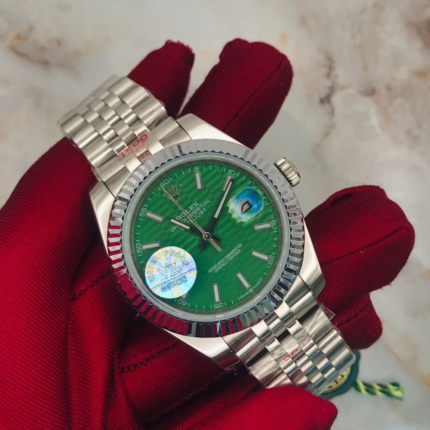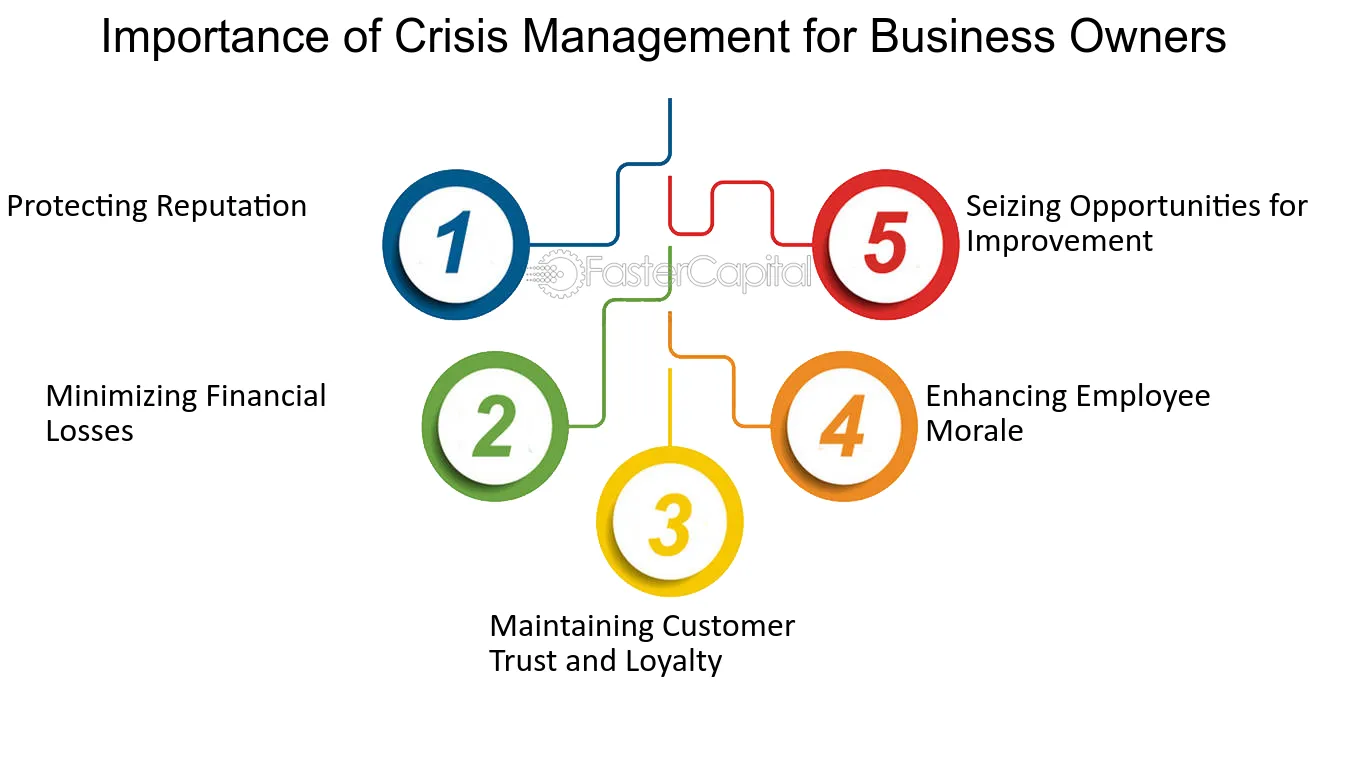Traditionally, the manufacture and sale of luxury watches have been linked to skills, history, and restricted accessibility. One of the more troublesome aspects which this paper looks into is that the business of self-winding imitations referred to as Master copy watches. These master copies, as they are called, advocate however the need of relevant critical assessment on the part of manufacturers’, consumers’ and retailers’ ethics. The focus of the article is therefore on the master copy watches from the ethical perspective, in particular considering their influence on the luxury consumption, what are the legal issues and what social problems exist.
Master Copy Watches Defined
In simplest terms, master copy watches are precision replicas of exclusive watches. These substitutes are mostly produced in low wage countries since the cost of labour and raw materials differs greatly from the western nations. It is easy for such people to purchase these pieces since they are offered at reasonable prices. Some people like to think that they are simply appreciating the beauty of the things without the baggage that accompanies such types of things. However, as is often the case, it is not as uncomplicated as that.
How is the Luxury Market Economically Influenced?
The rise in the number of master copy watches has become a thorn for most, if not all, of the members of the luxury watch family. Respectable label’ and ‘fabulous asset’ status calls for a lot in research and development, marketing, and craftsmanship respectively. Depreciation of a master copy of a watch replenishes such brand, inundates the market and sales goes low. Many luxury brands do not occupy the driver’s seat rather they are always loaded to the hilt with protecting their brand by availing in court battling for their IP rights.
More to that, owning a rolex copy watches places consumers in a dilemma. That is, while it is a chance for them to save a lot of money to buy a replica, in fact, they damage the entire economic pyramid of the luxury market. Scrap that which pays artists and promotes quality and ideas when people go for cheap imitations. This has caused players in the trade to advocate for the tightening of the control and limitation of counterfeit products.
Legal Issues and Intellectual Property
Another issue related to master copy watches, which is unbearable for some consumers, is how to use intellectual property. A lot of money goes into the development of new models and technologies as is in most luxury brands. To duplicate these designs without permission is to infringe on copyright and trademark laws.
There are legal measures against counterfeiting; however, they are not upheld to the desired level. Countries that do not aggressively regulate these industries may be harmful as they may turn out to be the production centres for master copy watches and this further makes it difficult in the fight against counterfeits. In such instances, the situation tends to crop up when the corporate entities apply very stringent measures to legally fight for their interests because of brands and trademarks. This however gives rise to questions on how far is too far in protecting an idea and how far does the idea suffocate forward-thinking market participants.
The Social Considerations
Apart from the commercial implications and the legal considerations of the phenomena of master copy watches, there is a more social aspect that should also be considered. For some consumers, a master copy watch is a means of participating in a specific form of culture – luxury – without paying out that much money to do so. However, this begs questions on the issue of such reproduction and the associated monetary value. Can a replica be a source of prestige? To most, the answer is emphatic ‘NO’. What makes such goods desirable to people is their genuine design or unique background information related to the product itself which cannot be the case in the scenario of the master copy.
Also, manufacturing these watches also involves the practice of unethical labour exploitation. Many of these imitations are made in sweatshops where both pay and working conditions are substandard. While it seems harmless to buy a master copy watch, the buyer is likely contributing towards such abuses. It is precisely this stance which is inconsistent with the view that people can appreciate the appearance of a watch without any of its associations,
Consumer Responsibility and Ethical Choices
Increasing ethical awareness on the issues surrounding master copy watches places the consumer in situations that require sourcing. One such issue will be the choice to buy a fake and not the expensive genuine watch which is primarily a question of values. Such dilemmas force the consumer to ask themselves whether the aesthetic and cost of the items purchased are more important than the craft, originality, and ethical manufacturing of the items.
Supporting the companies that promote ethical consumption through production can be a way to consume ethically. In response to these pressures, some luxury companies have begun expanding their ranges with less expensive lines, so that consumers do not have to abandon the brand in order to maintain their ethical beliefs. In addition to this, the increasing pre owned luxury watch market offers a more affordable option for consumers who wish to acquire genuine watches.
Conclusion
Moral issues posed by master copy watches are diverse and complicated. While these watches provide a good way into the luxury and high fashion market, these are also endangering the whole business model of the luxurious watch sector, there are some issues relating to the law such as copyrights, and a number of social and ethical threats. For these reasons, when making purchases, there is a need to make informed choices where the aesthetic gratification subtype of a product is tempered by such factors as the ethical issues surrounding the manufacture of the product. With the world seeing a surge in socially accountable purchasing, the question could be whether timepieces such as master copies or genuine ones will compromise integrity without compromising on quality, design or ethics.



